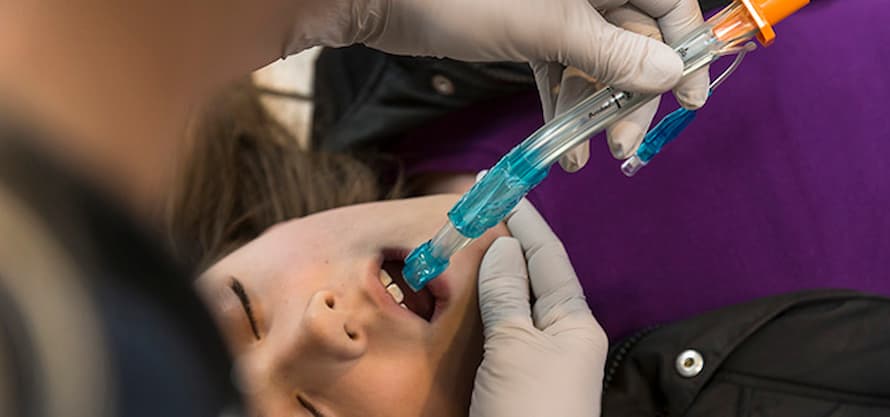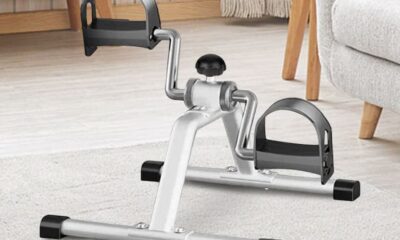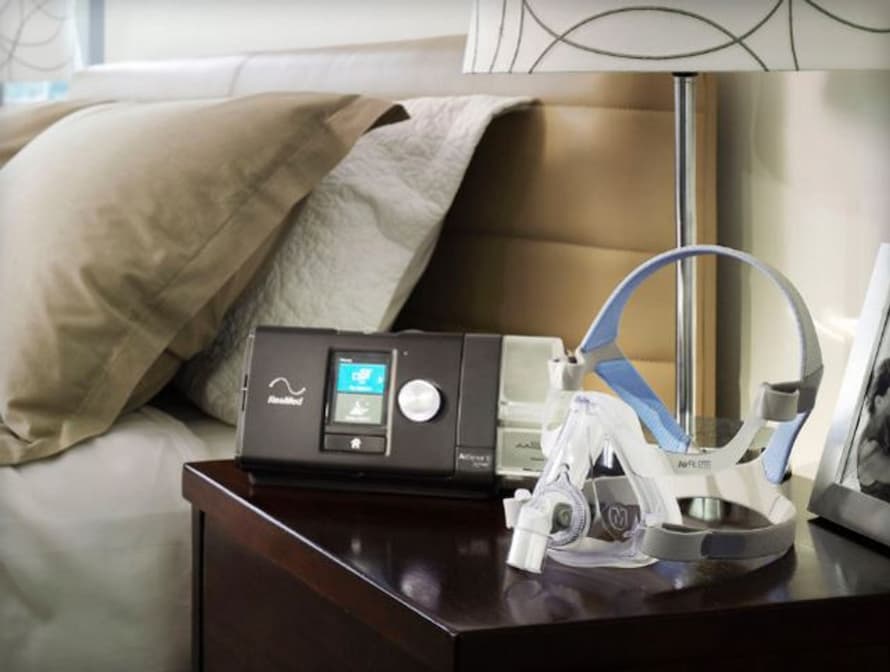Medical Equipment
Uses and Benefits of Nasopharyngeal and Oropharyngeal Airways
Secure a patent airway with comfortable and easy to insert nasopharyngeal tubes. Browse NPA airway devices available in a full range of sizes and take your pick.
Nasopharyngeal and oropharyngeal airways are small hollow plastic or rubber tubes, used to establish an open airway, essentially obtain it or maintain it. Both devices are highly useful when it comes to rescuing patients, and which one is used depends on the circumstances of the patient. When patients cannot breathe on their own and need life support, one of the most important tasks for rescuers is to find a way to establish an open airway, essentially obtain or maintain it, in order to provide them with the needed oxygen.
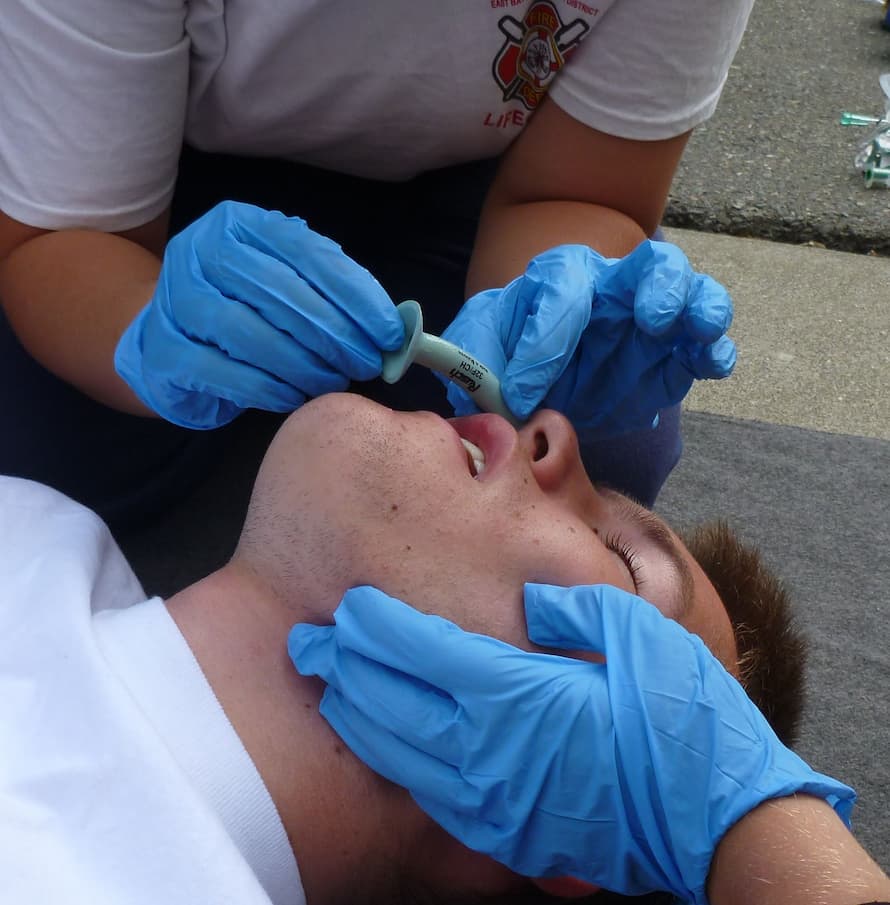
There are different methods rescuers might use to save the patient’s life. If using a non-invasive method does not get the wanted results, rescuers will go for invasive airway management. These two devices offer two methods to establish a connection between the flow of air and the patient’s lungs. The goal is to help the patient breathe and provide them with oxygen, which is why this connection must be continuous and direct.
What Are Nasopharyngeal and Oropharyngeal Airways?
A rescuer might use a nasopharyngeal airway in some situations and an oropharyngeal airway in others. As the names suggest, the first one is inserted through the nose, whereas the latter is placed in the mouth, and the distal end of either device, stops at the level of the pharynx. Nasopharyngeal airways (NPA) are also called nasal airways, nasopharyngeal tubes, or nasal trumpets. Oropharyngeal airways (OPA) are also known as oral airways or Guedel pattern airways (after their designer, Arthur Guedel).
Furthermore, these nasal and oral airways are adjuncts for ventilators and oxygenations. These tubes act as bridges to secure the airway via intubation, or to help the patient stabilize and start breathing independently. Both devices are incredibly useful for saving patients, and they can be used depending on the circumstances. While both can be highly effective, both have some advantages and disadvantages.
Which One Is Better and When Should Either of Them Be Avoided?
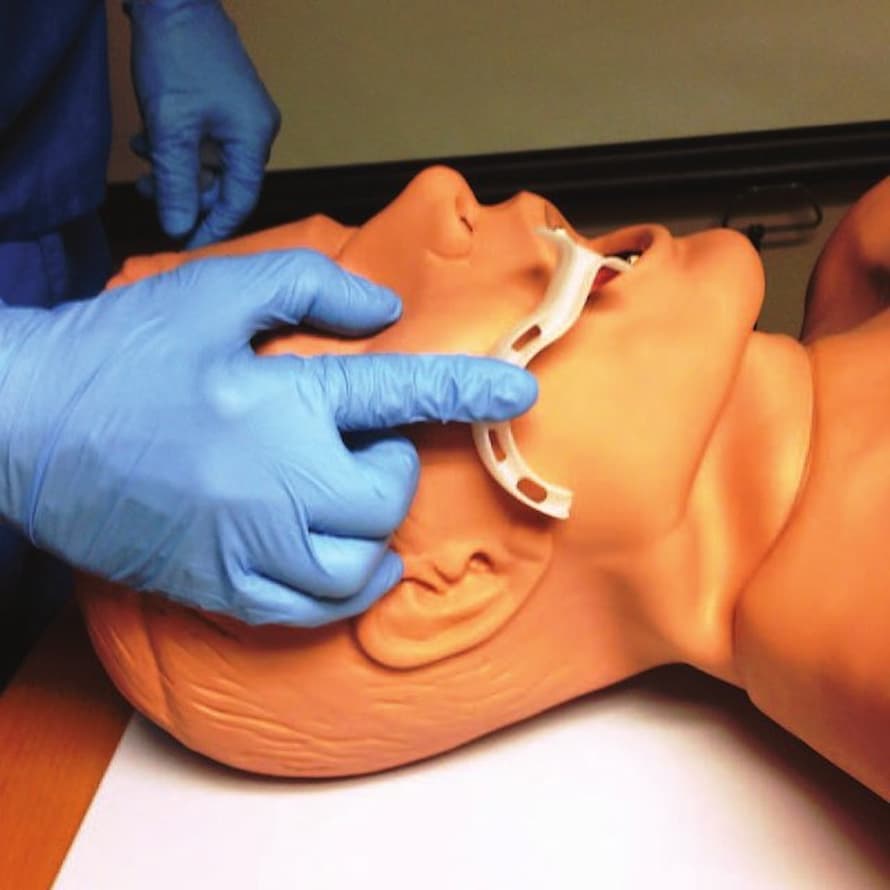
OP airways are easier to insert, and oral intubation is faster and less painful. NP airways on the other hand can cause bleeding, some bone injuries and they can increase the risk for sinusitis. Nevertheless, they seem to be preferable, as nasal incubation prevents laryngeal complications. Furthermore, NP airways are more comfortable for the patients.
There are of course some situations in which the rescuers must choose one or the other. For instance, if the patient is semiconscious, and therefore can’t tolerate oropharyngeal tubes, which can cause a gag reflex, and prevent the proper use of the device the rescuer will most likely have to choose a nasopharyngeal airway tube. In other words, while NPAs can be used both on conscious and unconscious patients, OPAs can cause gag reflexes and even vomiting, which can be dangerous for the patient.
Furthermore, an NPA airway will also be the better option in cases where patients with mouth trauma, when the mouth can’t be accessed or opened. On the other hand, if the patient has nasal fractures, or their nose is actively bleeding, an NP airway should not be used. Sometimes an NP airway may be needed for a while, for instance after surgery to correct some type of craniofacial condition.
How to Choose the Right Size?
When a rescuer uses oropharyngeal or nasopharyngeal airways, it is vital that they choose the right size for the patient, as they come in different sizes. To check the size, the rescuer should place the airway at the side of the victim’s face, visualising how it will expand into the pharynx. The distal part should reach the mandible. For oropharyngeal airways, you should measure from the mouth, whereas for nasopharyngeal airways from the nose.
If the airway you have selected is too small, proper ventilation cannot be established. This is because instead of reaching the pharynx, the distal end of the tube will be obstructed by the tongue. If an NPA is too long, it can irritate the patient, causing cough and gag reflexes. Furthermore, you should also be cautious about the tube’s diameter, and choose one that’s slightly smaller than the patient’s nostrils.
How to Insert Nasopharyngeal and Oropharyngeal Airways?
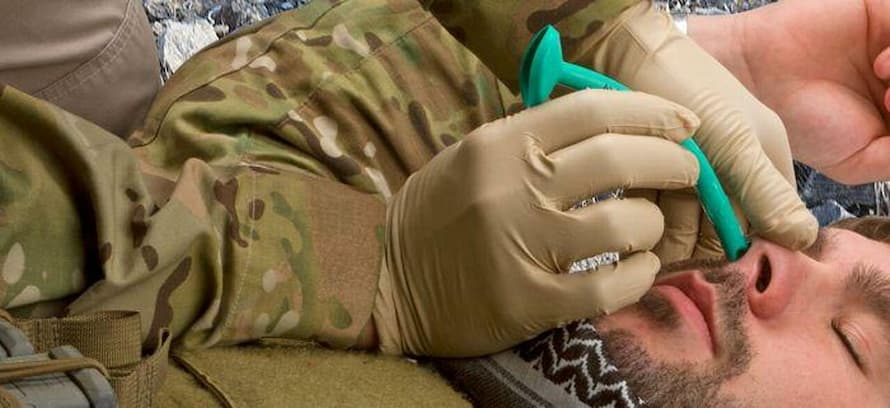
To insert a nasopharyngeal airway, first, you need to lubricate it with a water-soluble jelly. Next, you should insert it into the nostril vertically along the floor of the nose, while slightly twisting it. It is preferable to insert it in the right nostril. When you are inserting it, you should aim towards the back of the opposite eyeball. Next, you should confirm if the airway is unobstructed and continuous.
Before inserting an oropharyngeal airway, you should clear the mouth using a suction catheter. Next, place the airway in the mouth with the curved end towards the roof of the mouth. As the device approaches the posterior pharynx, you need to rotate it 180 degrees into the correct position.


